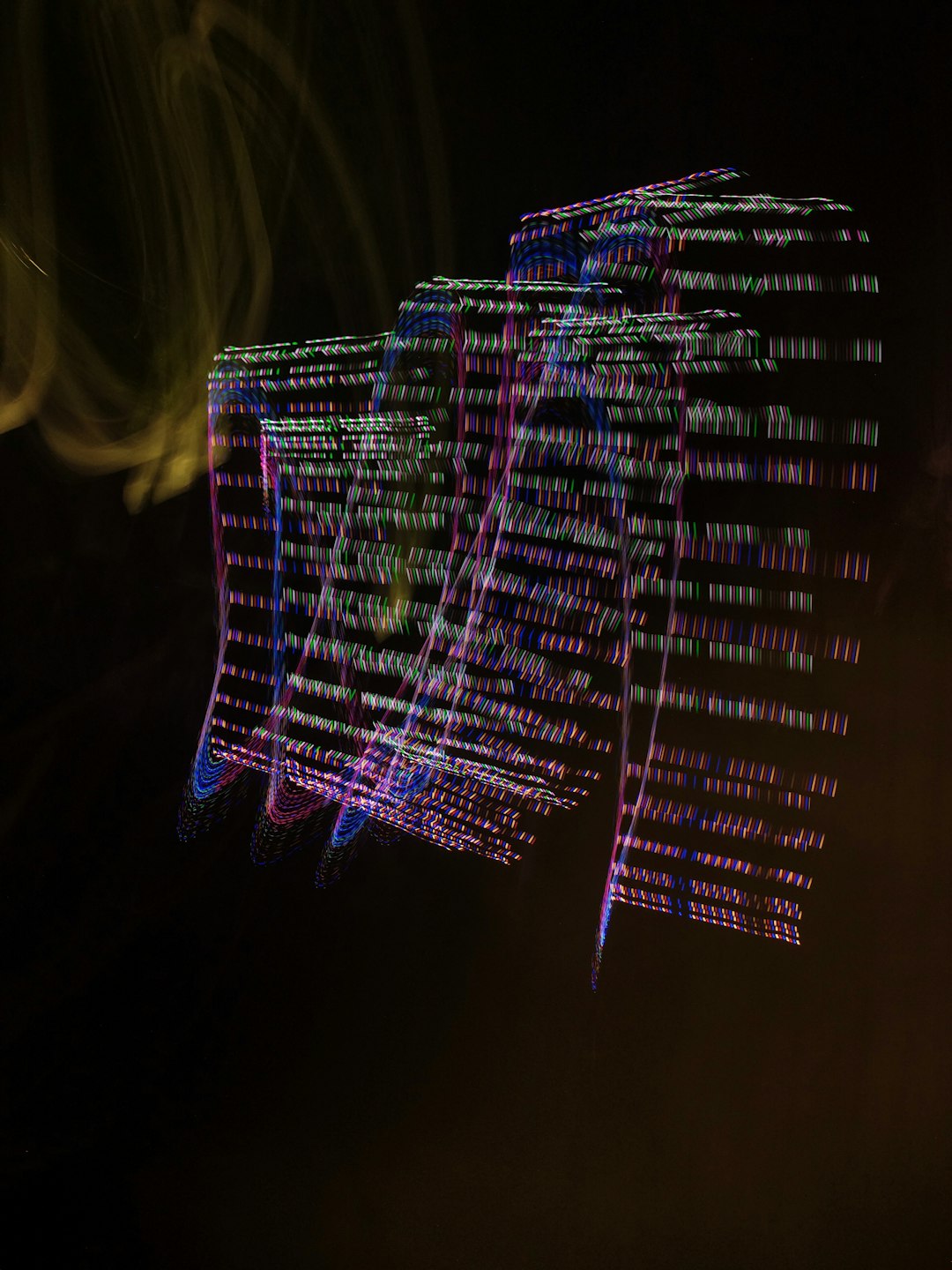Artificial Intelligence (AI) has made incredible strides in recent years, not only in understanding and generating human language but also in interpreting visual data. Many people are now wondering: Can ChatGPT read and interpret images? The short answer is: it can—with help from powerful add-ons and capabilities. Let’s dive into what you need to know about how AI, particularly ChatGPT, understands images, what its current limits are, and where this technology is headed.
The Basics of AI Image Understanding
Traditionally, ChatGPT was designed as a language-based model, specifically trained to generate and understand text. However, newer versions—such as GPT-4 with vision capabilities—have introduced multimodal functionalities that combine text and image input. This allows models like ChatGPT to “see” images and respond to them with relevant information, analysis, or descriptions.
When working with image inputs, the AI processes visual data through a system that resembles human vision—at least in concept. The model breaks down images into data it can analyze, recognizing patterns, shapes, objects, and even text within the image.

What ChatGPT Can Do With Images
With the right configuration and access to vision-enabled tools, such as OpenAI’s GPT-4 with vision, here are some impressive tasks ChatGPT can accomplish when interpreting images:
- Object Recognition: Identify everyday objects, such as a coffee cup, keyboard, or animal in a photo.
- Text Interpretation: Read text present in images—whether it’s a quote in a meme or handwritten notes.
- Analyzing Charts and Diagrams: Extract insights from visual data, such as bar graphs, line charts, and more.
- Scene Description: Offer detailed descriptions of what is happening in a scene, often useful for accessibility tools.
- Error Detection: Spot inconsistencies in images, such as coding errors in screenshots or layout issues in web design.
Limitations to Keep in Mind
Despite its remarkable capabilities, ChatGPT’s ability to read and interpret images does have some constraints:
- Access Restrictions: Image input is only available on specific versions of ChatGPT (like GPT-4 with vision) and may not be included in all free plans.
- Complex Visuals: abstract art, intricate medical scans, or images requiring deep domain-specific knowledge might not be accurately interpreted.
- Context Dependence: Like humans, AI may misinterpret the meaning of a visual if there’s not enough context provided.
Understanding these limitations helps in setting reasonable expectations and using this functionality effectively.

How You Can Use AI’s Image Interpretation
Whether you’re a student, a professional, or just tech-curious, AI image-understanding tools—like ChatGPT with vision—offer practical applications across many fields:
- Education: Analyze diagrams in textbooks or interpret historical images.
- Business: Gain instant feedback on design layouts or marketing visuals.
- Web Development: Identify problems in code screenshots or UI errors.
- Accessibility: Help individuals with visual impairments by describing images.
For example, a student could upload a photo of a complex biology diagram, and ChatGPT could walk them through each part. Similarly, someone working on an e-commerce site might get feedback on how their product photos appear to users.
What the Future Holds
The integration of visual understanding into language models opens a whole new world of possibilities. As these models continue to evolve, we can expect them to:
- Recognize emotions and sentiment from images.
- Better understand cultural and contextual clues.
- Work hands-in-hand with augmented reality technologies.
The possibilities stretch far beyond just interpreting images—they include creating new forms of communication that blend visuals and text seamlessly.
Conclusion
So, can ChatGPT read and interpret images? Yes—but with vision-enabled models. These tools are already changing the way we interact with AI, making it more human-like in its ability to perceive and respond. As the technology continues to advance, image understanding may become just as core to AI interaction as language already is.
Whether you’re using it to solve a problem, learn something new, or streamline your work, image input in ChatGPT represents another major step forward in how we use artificial intelligence. Stay curious—because the next innovation might just be a picture away.



